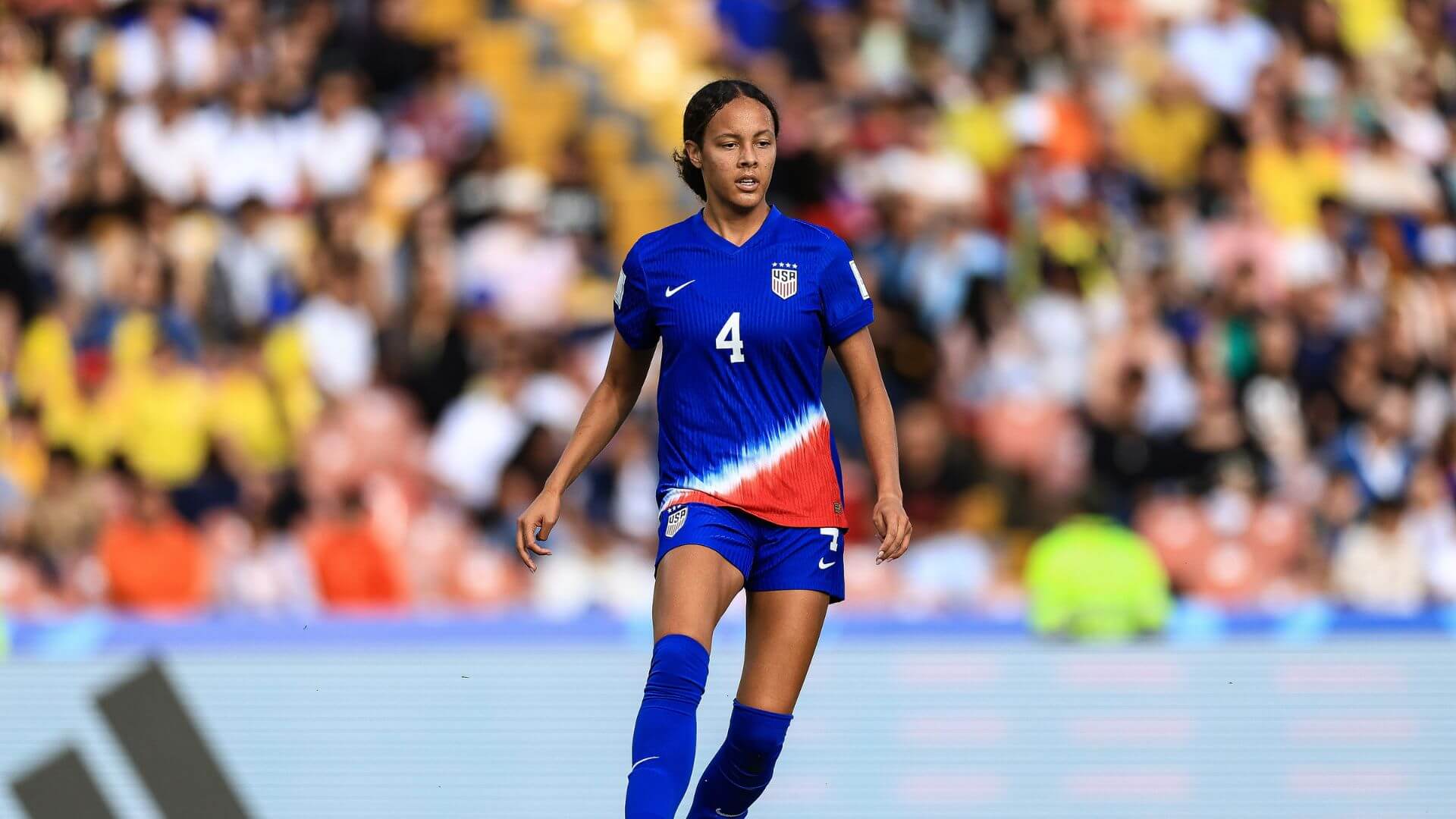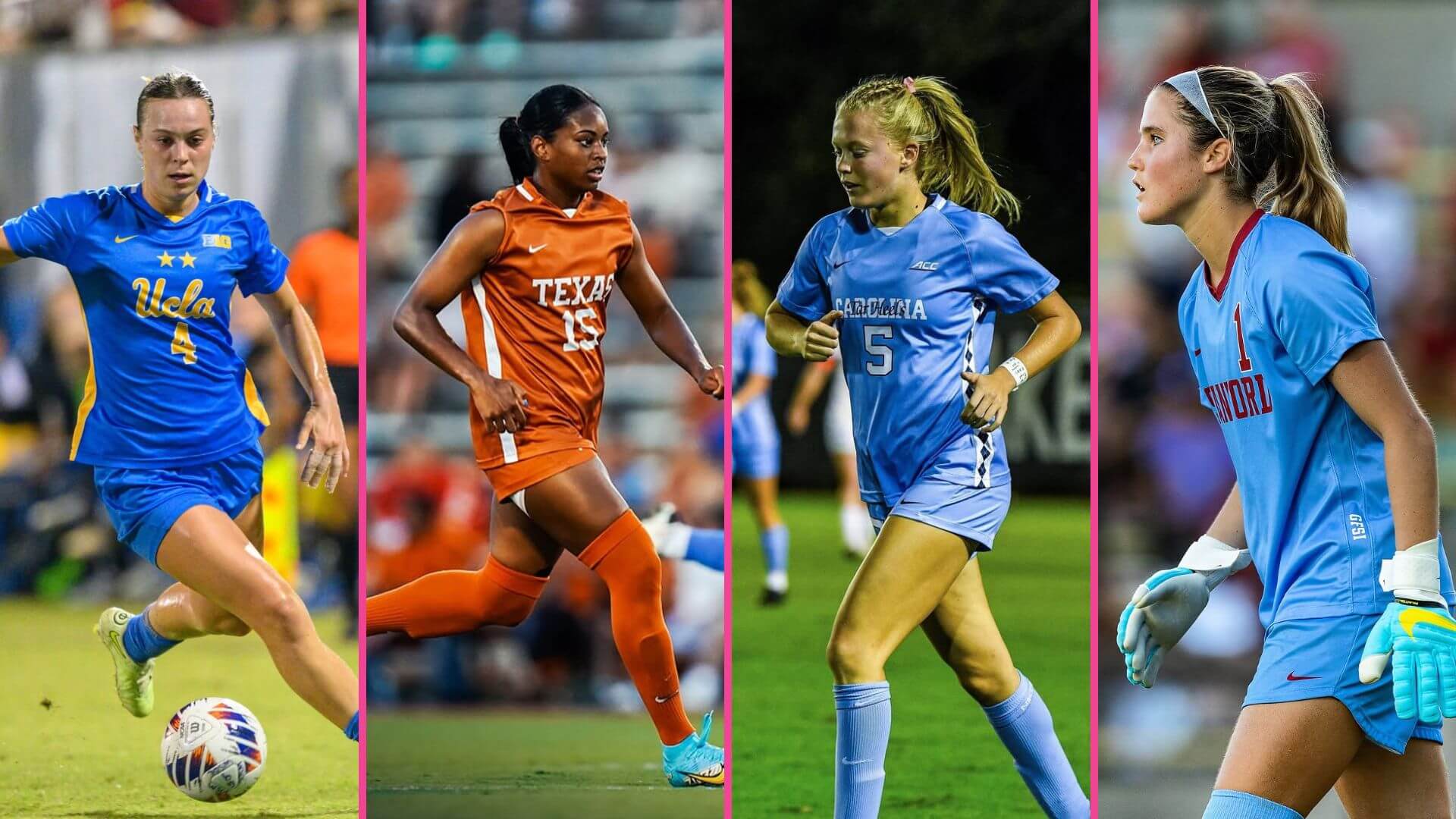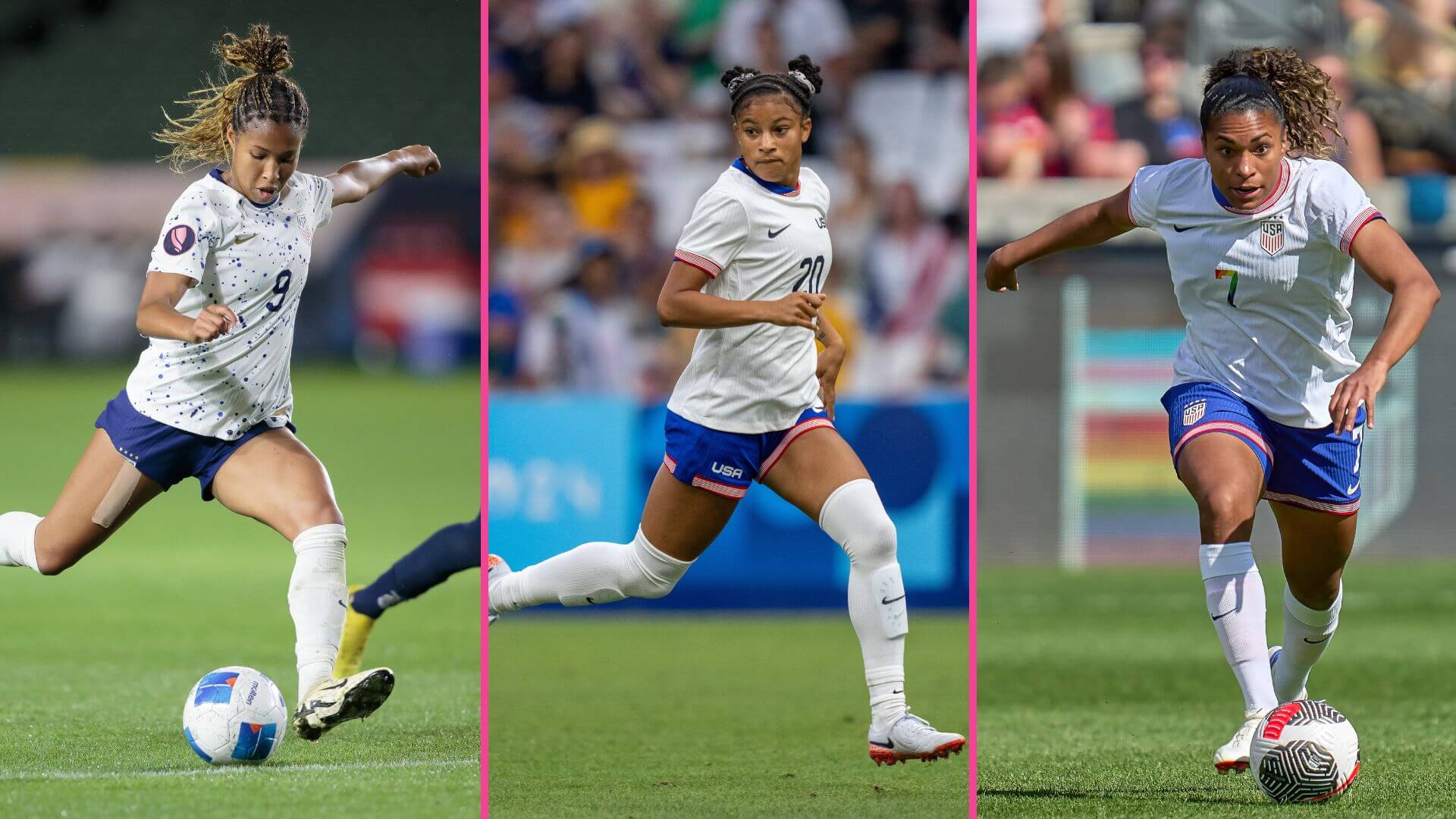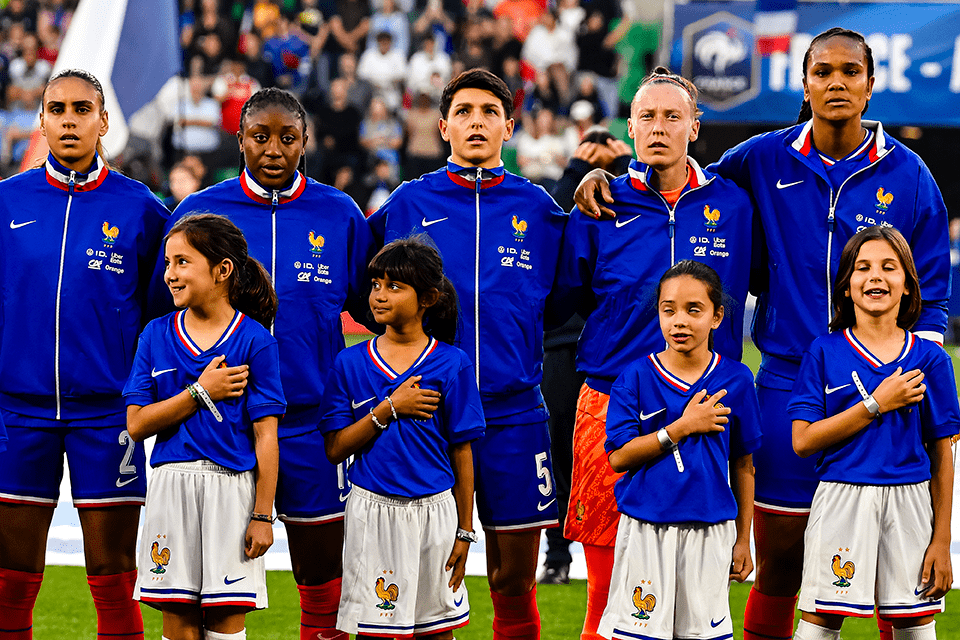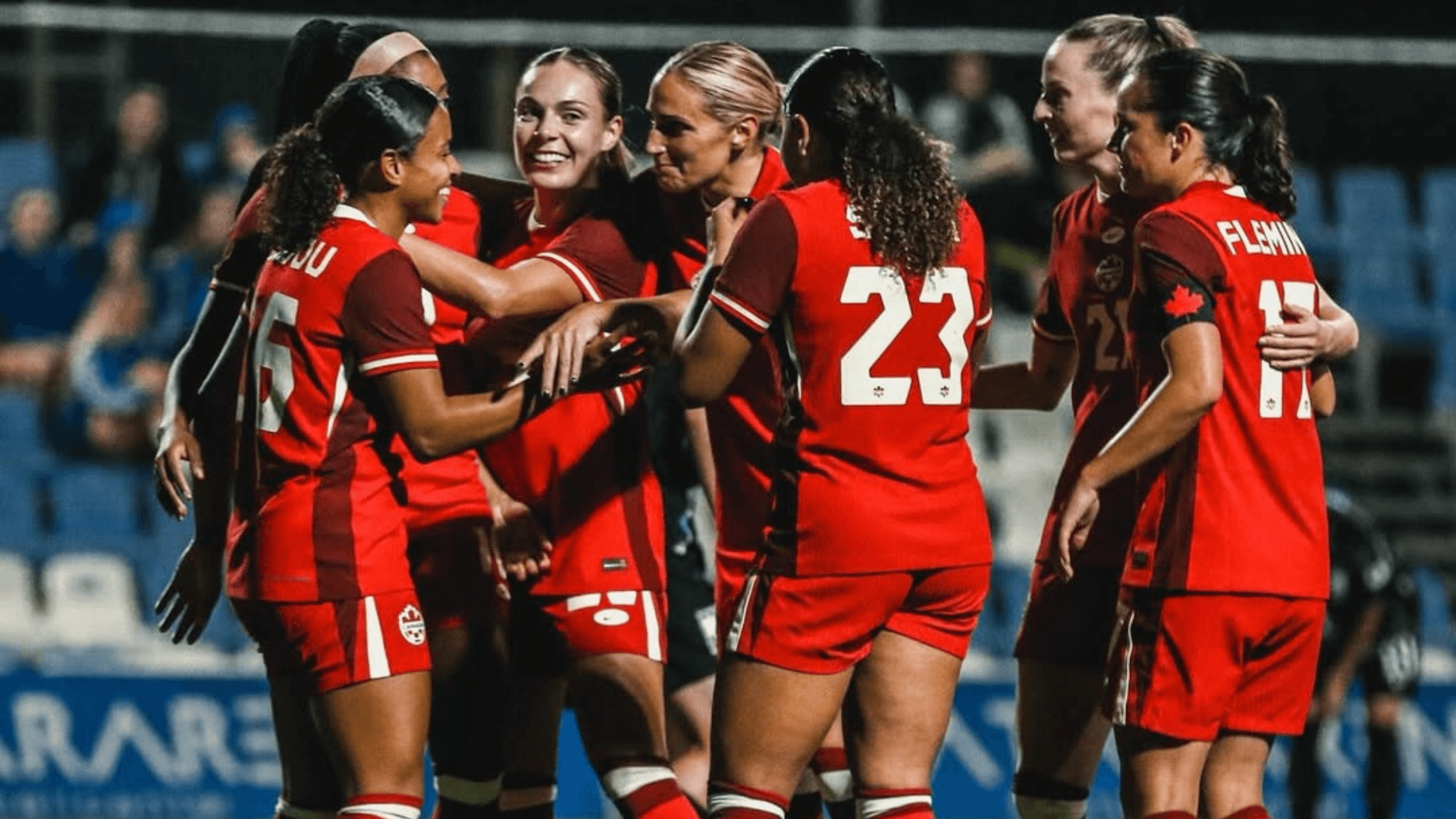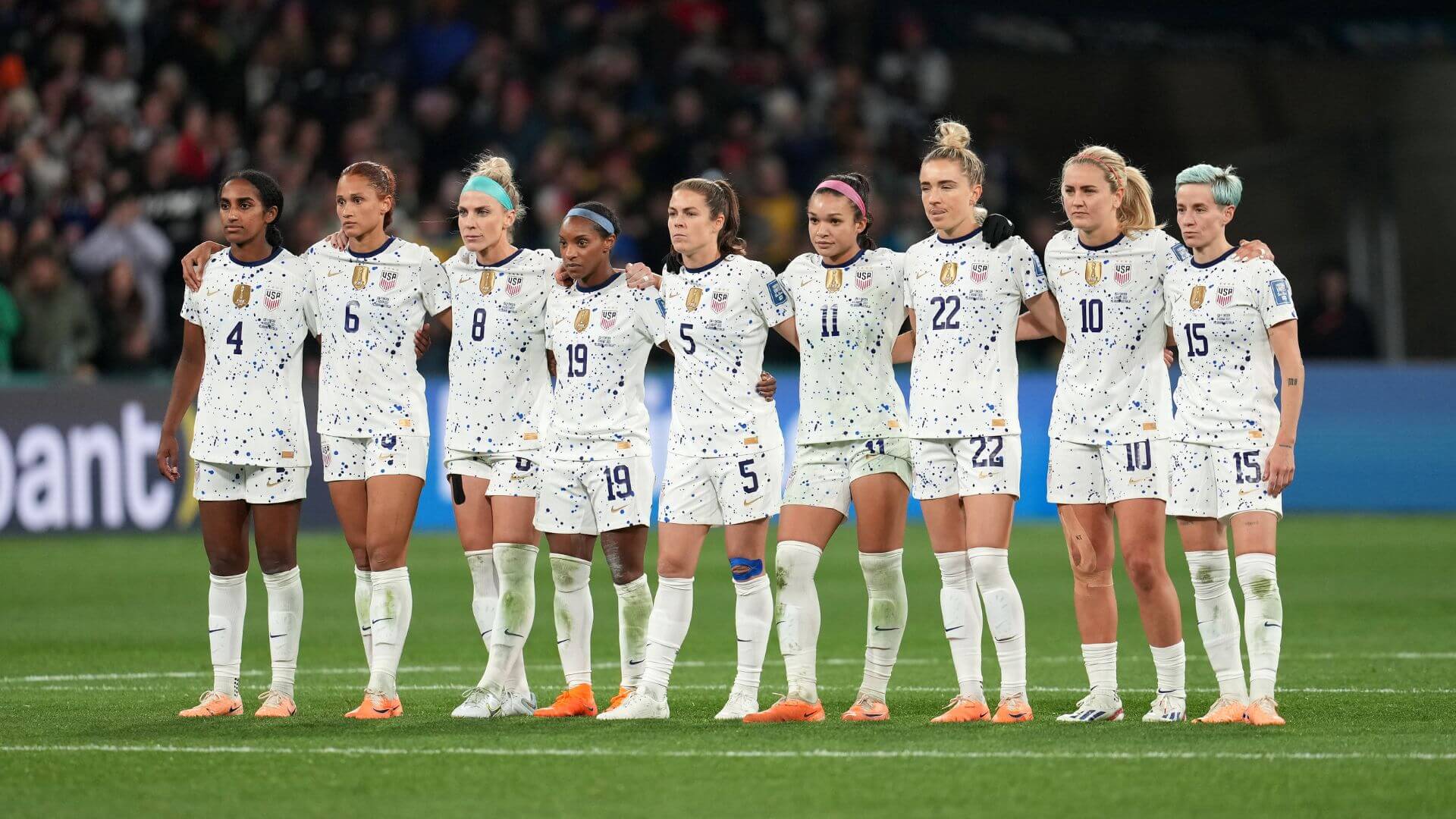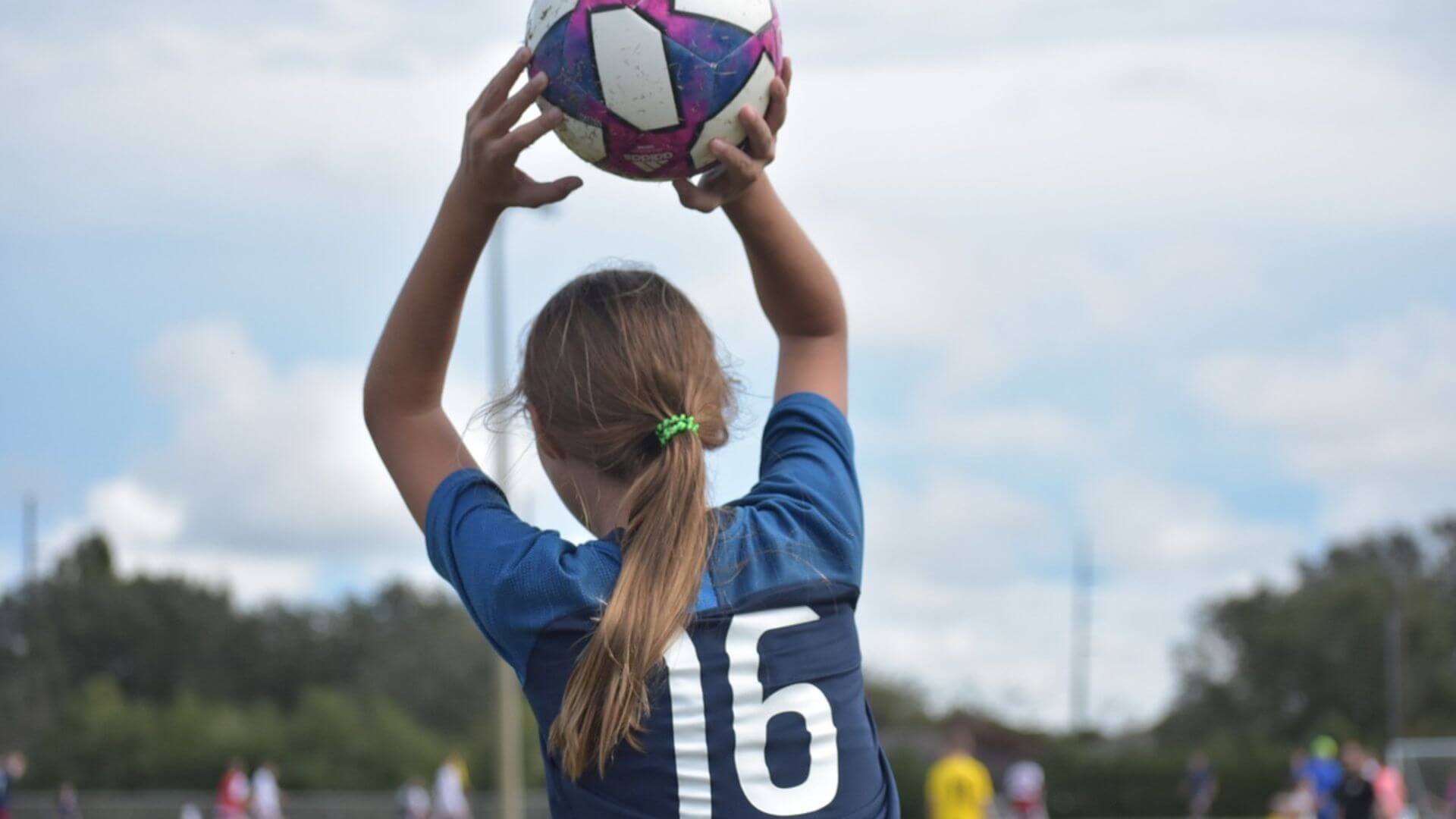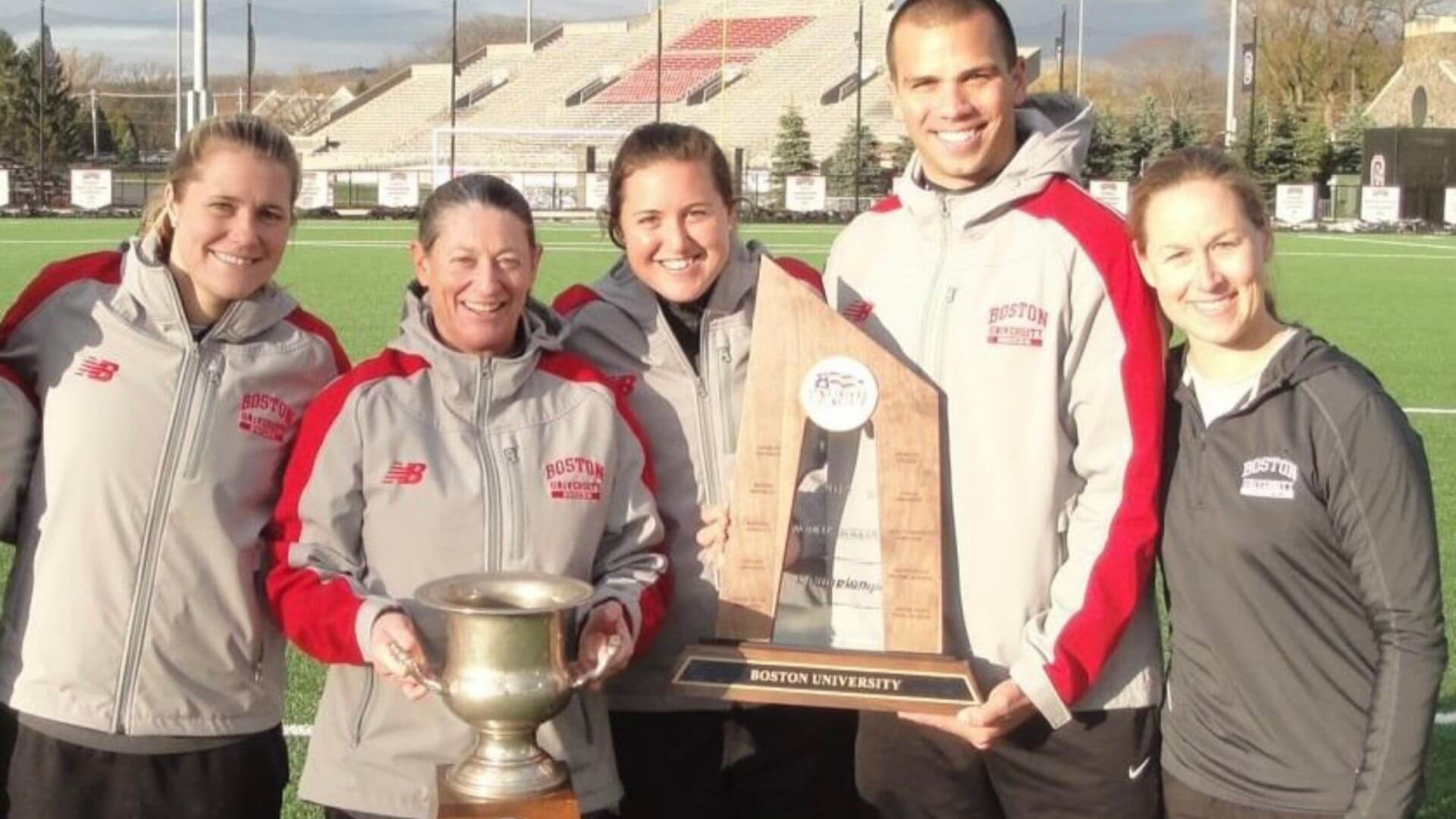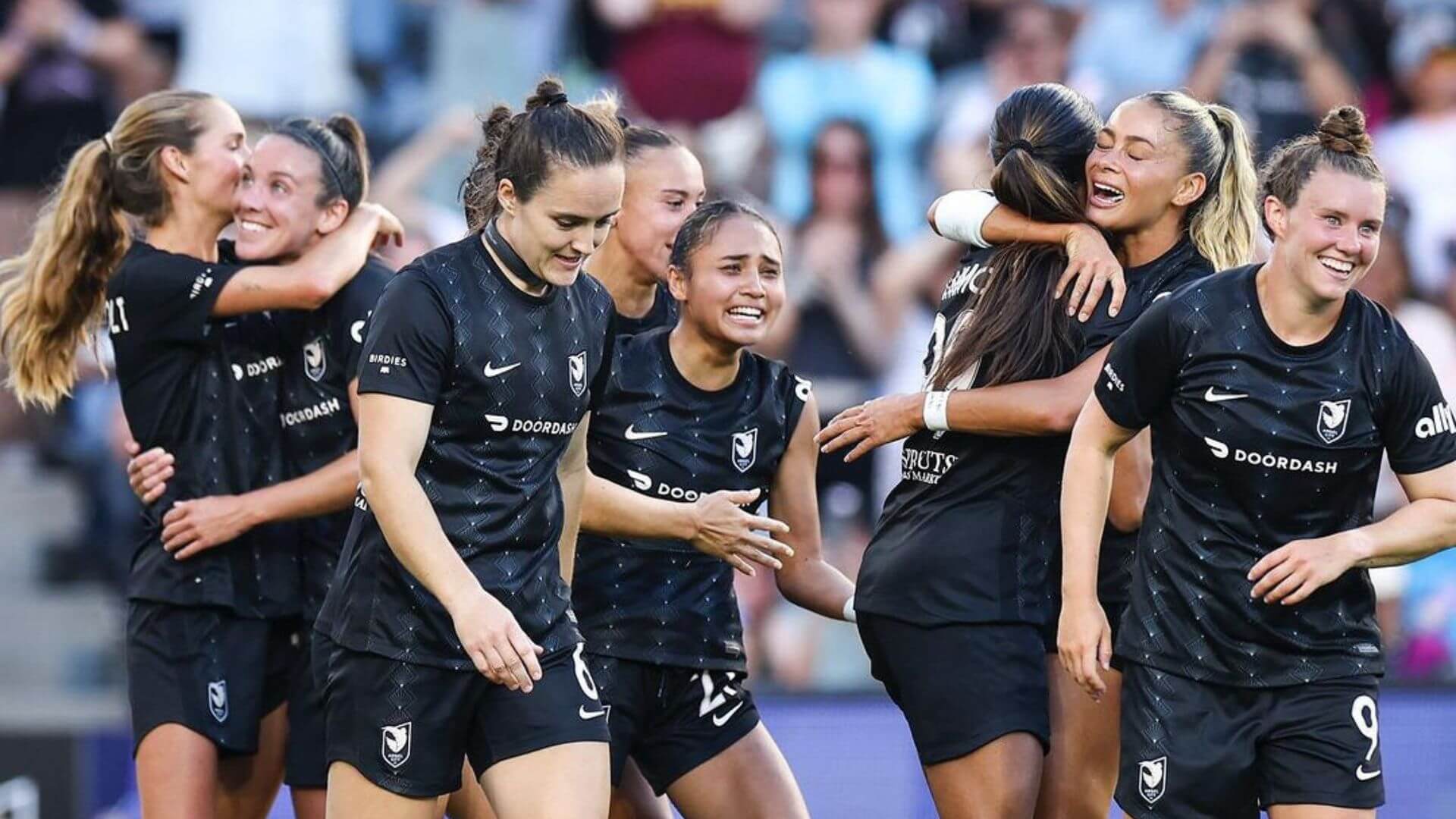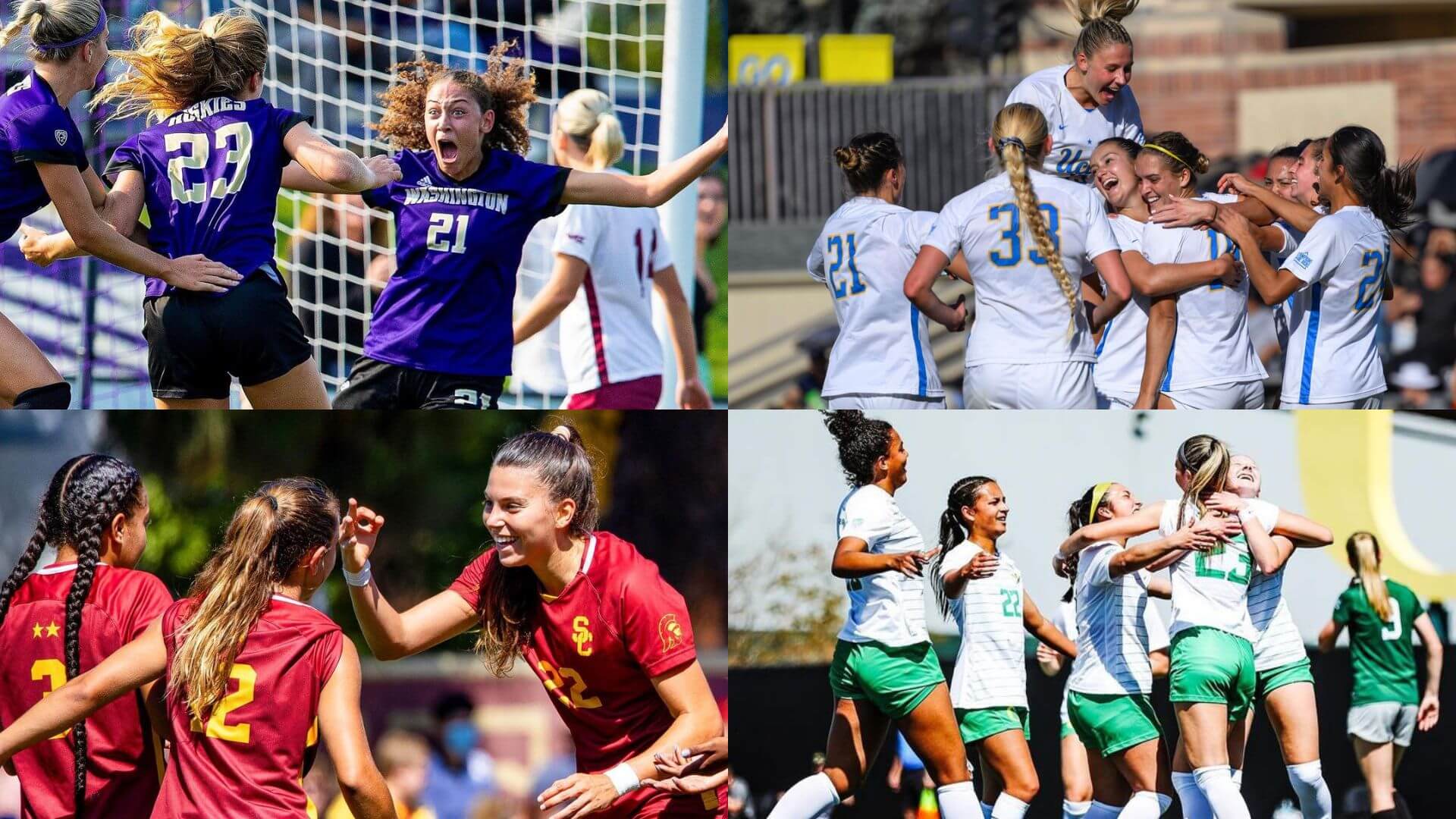Strides and Struggles: Addressing Inequalities in Women’s Soccer
As Black History Month comes to an end it is important to highlight the strides made towards reaching equality as well as acknowledge the shortcomings that exist within women’s soccer. Although the women’s soccer community and the USWNT strive for a community of acceptance and pride in its identity, disparities are still prevalent within the sport.
United States National Women’s Team
The USWNT historically has a majority of white players. For the 2023 Women’s World Cup, the team was still mostly white but included nine players of color on the roster. Since soccer has majorly been considered a white sport in the United States, the diversification of the team is a hopeful look at progress.
There's more diversity on the #USWNT — but there's still a long way to go, @elindsay08 explains:https://t.co/Y638kO8x6t pic.twitter.com/oURDkfKhZM
— The Equalizer (@EqualizerSoccer) July 2, 2019
During the 2019 Women’s World Cup, there were only five women of color on the team. While the growing ratio is encouraging, it is important to remember that barriers to entering soccer for marginalized groups still exist.
Youth Soccer
In many sports, there are thresholds to cross, which are heavily influenced by race and socioeconomic status. For soccer, a global sport, these thresholds and barriers are much more prevalent for minorities in the United States.
One of the reasons that soccer in the United States is disproportionately white is because of the pay-to-play model. To be able to play soccer and advance to elite levels, families must be able to pay the fees–sometimes exorbitant amounts of money–to be included on teams and leagues. In the United States, many racial inequalities are tied to socioeconomic ones. This has led to a disproportionate rate between race in soccer and the U.S. population.
The fact that so many USWNT stars got their start through AYSO ( a soccer organization that offers the sport for a fraction of the cost that private club orgs do) goes to show how if we got rid of our ‘pay to play’ system, we’d be even stronger. https://t.co/7uscKgbjEP
— Josie | ?? (@yerbmate) September 22, 2023
Steps Towards Equality
The USWNT has gone out of its way to promote equality for all women, the LGBTQ+ community, and for minorities. However, some members have received backlash for their way of standing up for others.
U.S. soccer star Megan Rapinoe takes a knee during national anthem in nod to Kaepernick. pic.twitter.com/XKBn8NnLVk
— USA TODAY (@USATODAY) September 5, 2016
Megan Rapinoe kneeled during the national anthem in 2016 as a way to support Colin Kaepernick. Soon after, U.S. Soccer issued a statement against her actions.
Many individual teams have also spoken out in an attempt to encourage and celebrate diversity within women’s soccer. Many NWSL teams continue to highlight and support their Black players, coaches, and team owners.
While speaking out in soccer does not simply fix the historical issue of racial disparities, it is a step in the right direction and will hopefully guide soccer toward further equality to come.
_
GIRLS SOCCER NETWORK: YOUR SOURCE FOR GIRLS SOCCER NEWS




